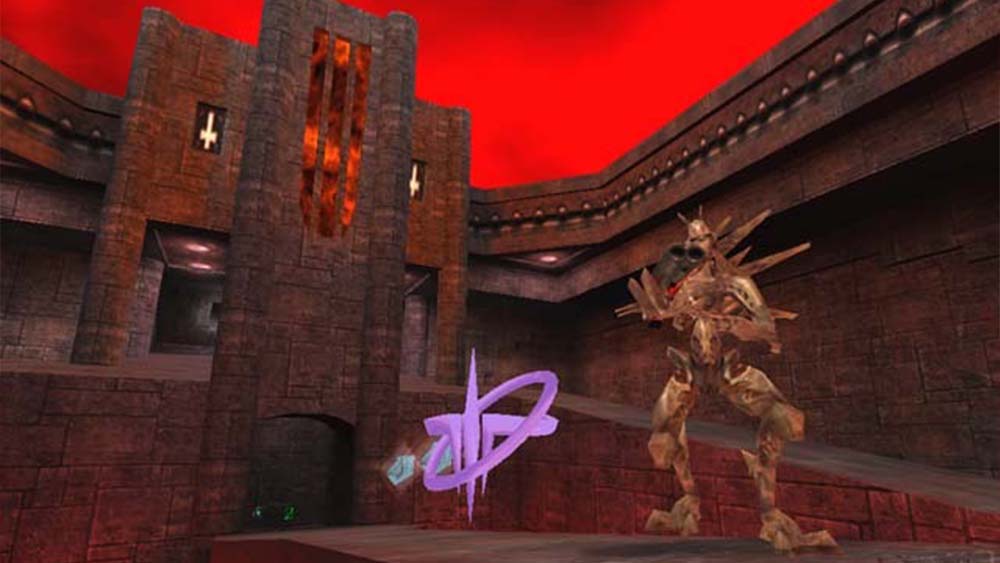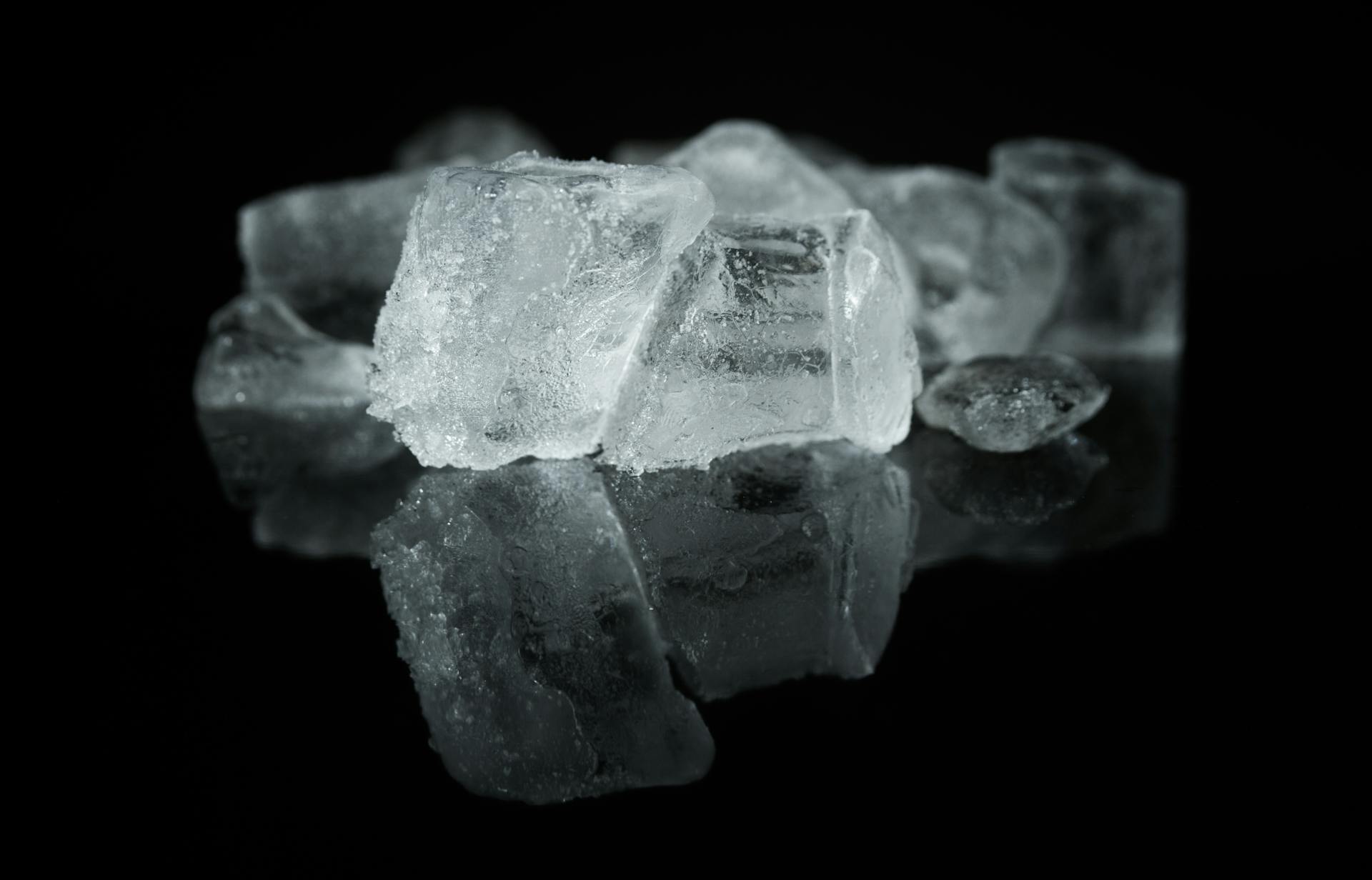
Is your laptop running slowly, stuttering or crashing a lot? That may because it's getting too hot. And unfortunately, it's not unusual for even the best laptops for graphic design to overheat.
People like their laptops small, thin and light, and manufacturers have responded. So nowadays, premium devices typically pack everything into an increasingly small space. This means you have a lot of very powerful components—processors, graphics cards, and other internal hardware—working intensively right next to each other, with very little airflow, and generating significant thermal energy in the process.
In this scenario, any small issues that limit existing airflow, or raise the external temperature further, can push the heat of your laptop beyond reasonable limits. That can hammer your laptop's performance and, over time, lead to its untimely demise. The good news is, these issues are pretty easy to avoid if you set up and use your laptop properly.
So read on, as we offer five easy tips to keep your laptop cool and running efficiently over time.
1. Keep the environment cool
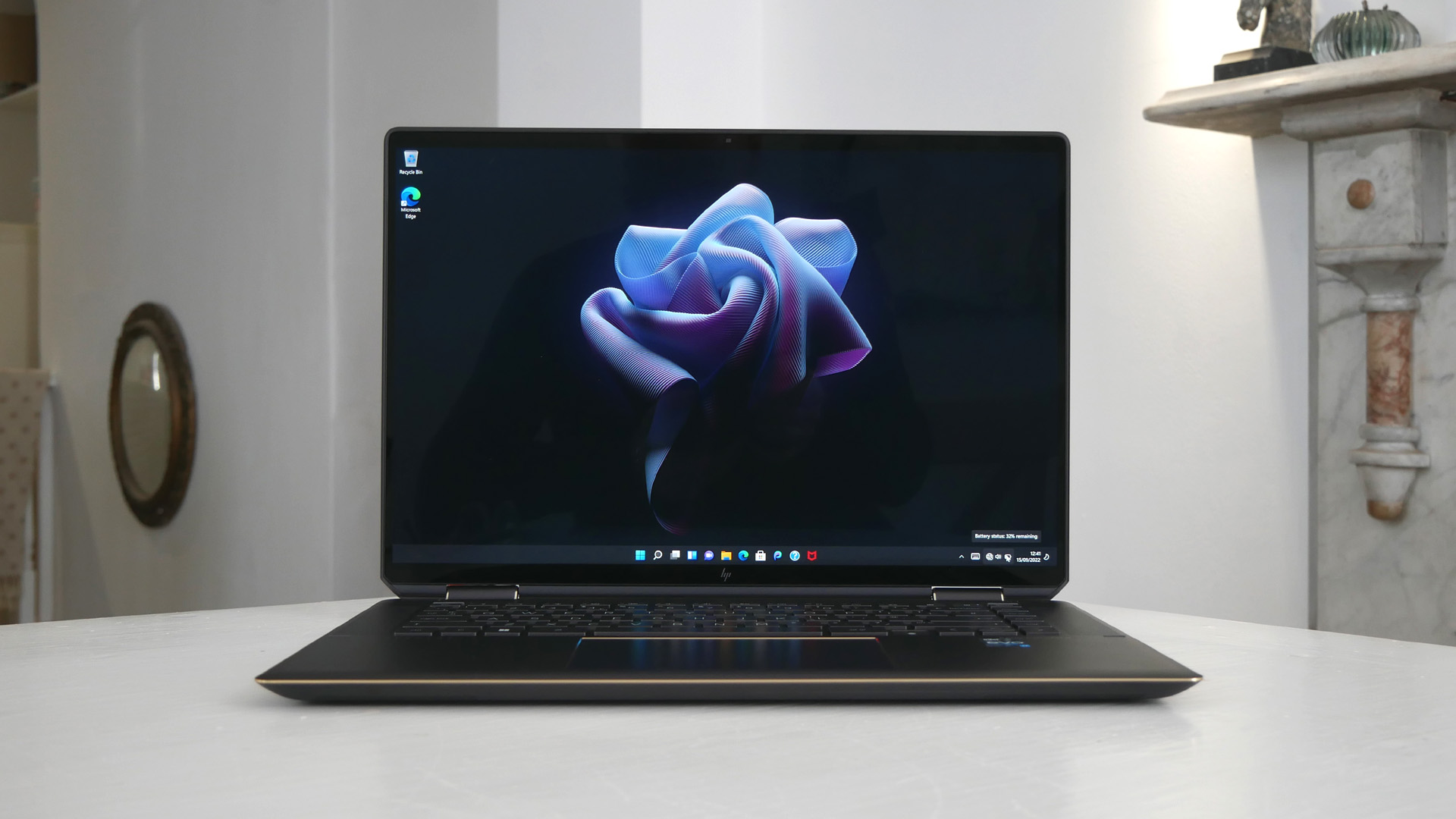
Whether you're work in an office or design studio, a coffee shop or your living room at home, keeping the environment around your laptop from becoming overly warm will obviously help prevent it from overheating.
Sitting on the sofa or lazing on your bed while working can be nice. But beds, sofas, carpets, blankets and cushions are thermal traps that can quickly elevate your laptop's temperature. Ironically, given the name, placing your laptop on your actual lap isn't great either. Doing so will similarly block the device's air vents and prevent the proper cooling of its internal components.
Instead, using your laptop on a hard, flat surface is a much better way to keep your laptop cool. We know: it's not as fun or relaxed as you might like, but it will help prevent overheating.
2. Keep your laptop clean
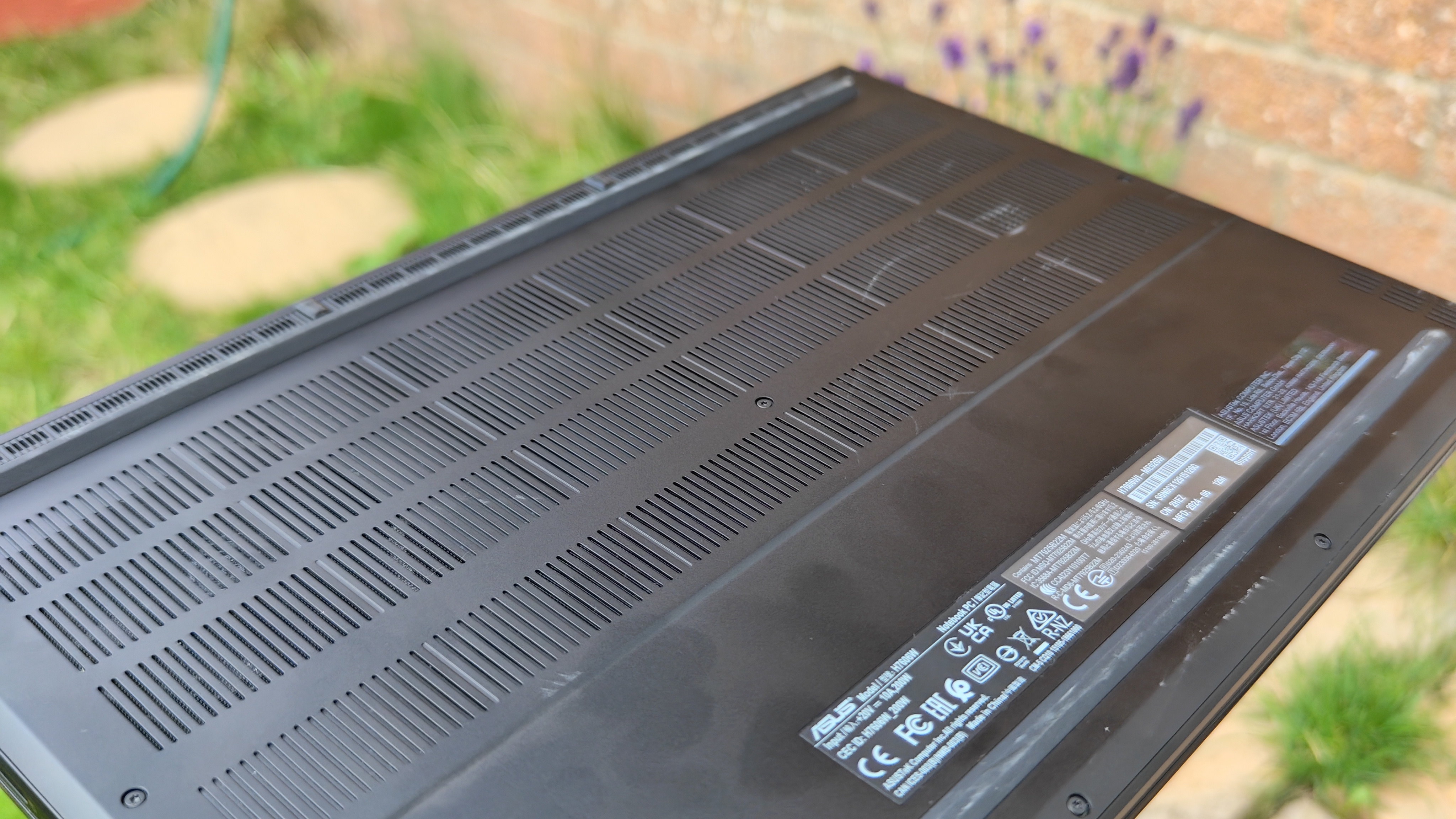
There's no way of avoiding it: over time, dust and debris will accumulate in the vents and fans of your laptop and reduce that crucial airflow around its components. There are two main ways to tackle this. Firstly, use compressed air to carefully blow out dust from your laptop's interior. Secondly, use a soft microfibre cloth to gently wipe its surfaces and ensure vents stay unobstructed.
Do both these things at least quarterly. But basically, the more frequently you clean, the better. It's also important to remember that prevention is better than cure. So never eat around your laptop, take extra care that nothing spills onto it, and always keep it in a laptop case while travelling. (Even when it's in a bag or suitcase, dust, dirt, food, sand and other small particles can otherwise find their way into your laptop.)
If you haven't been doing these things, and you suspect your laptop may already be clogged up, take it to a professional at a computer repair shop, who should be able to take it apart, clean it thoroughly and put it back together safely.
You'll notice that some laptops, most notably the M1, M2, and M3 MacBook Airs, don't actually have air vents because they use what's known as "passive cooling". That said, dust and other small particles can (and will) still find their way into your machine, so regular cleaning along the same lines is still advisable.
3. Reduce the software strain
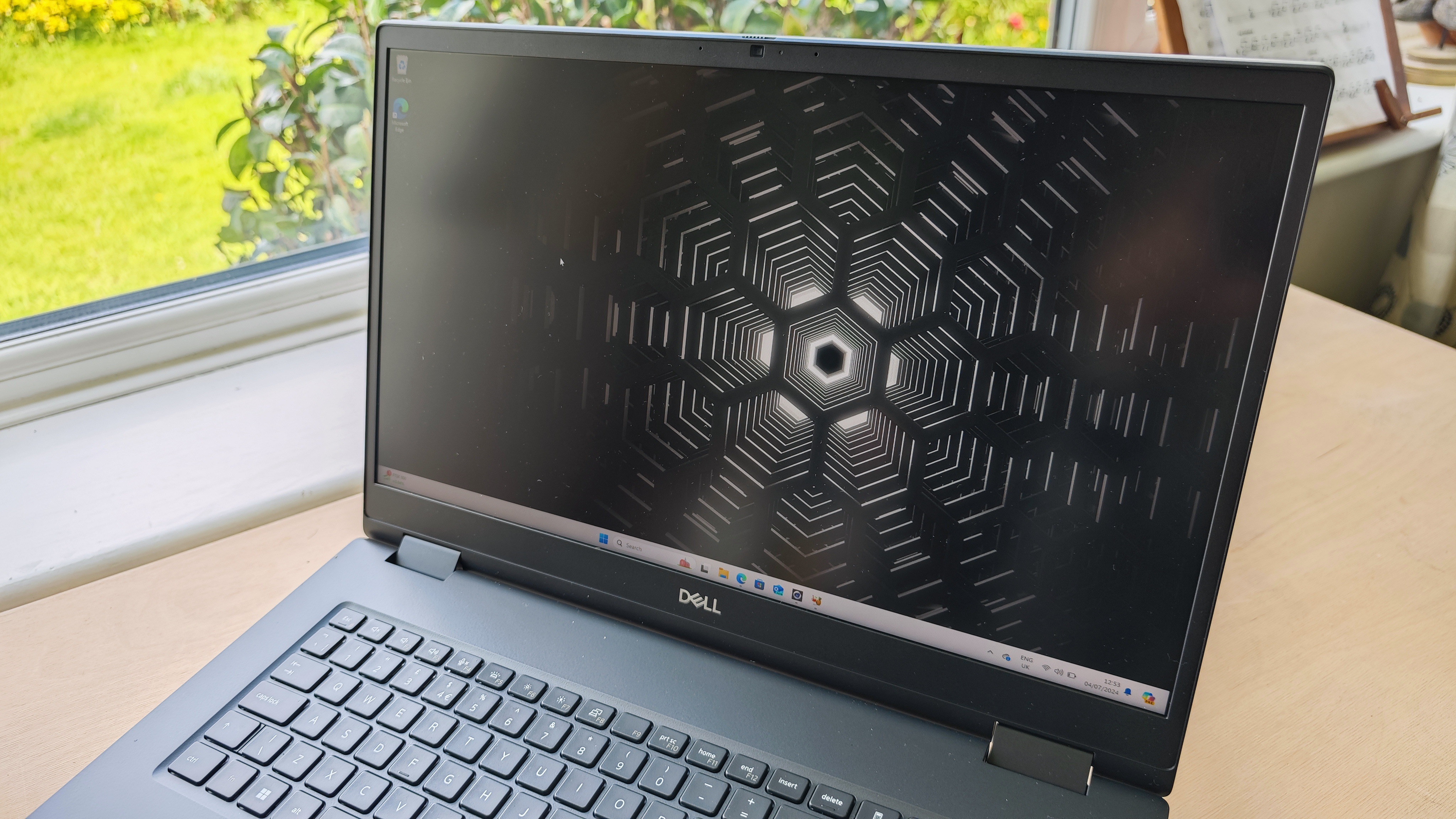
Modern laptops have an amazing ability to run multiple programs and open several browser tabs at once. But ultimately, the more strain you put on the system, the more it's likely to overheat. Running heavy-duty creative tools such as the Adobe Creative Suite, Final Cut Pro, or the best 3D software will typically push your laptop hardware to its limits. So make sure you don't add the proverbial "straw that broke the camel's back".
In other words, if you're using a resource-intensive tool such as Premiere Pro 2024, make sure you close down all unnecessary applications and browser tabs first. Sometimes these run in the background with you even noticing, so use your operating system's task manager to monitor resource consumption and identify performance bottlenecks.
Also, make sure you update your drivers, software and operating system as a whole on a regular basis. And consider adjusting your laptop's power settings to balance performance and temperature. For example, reducing screen brightness can help mitigate the heat generation caused by demanding software tasks.
4. Use a laptop stand or cooling pad
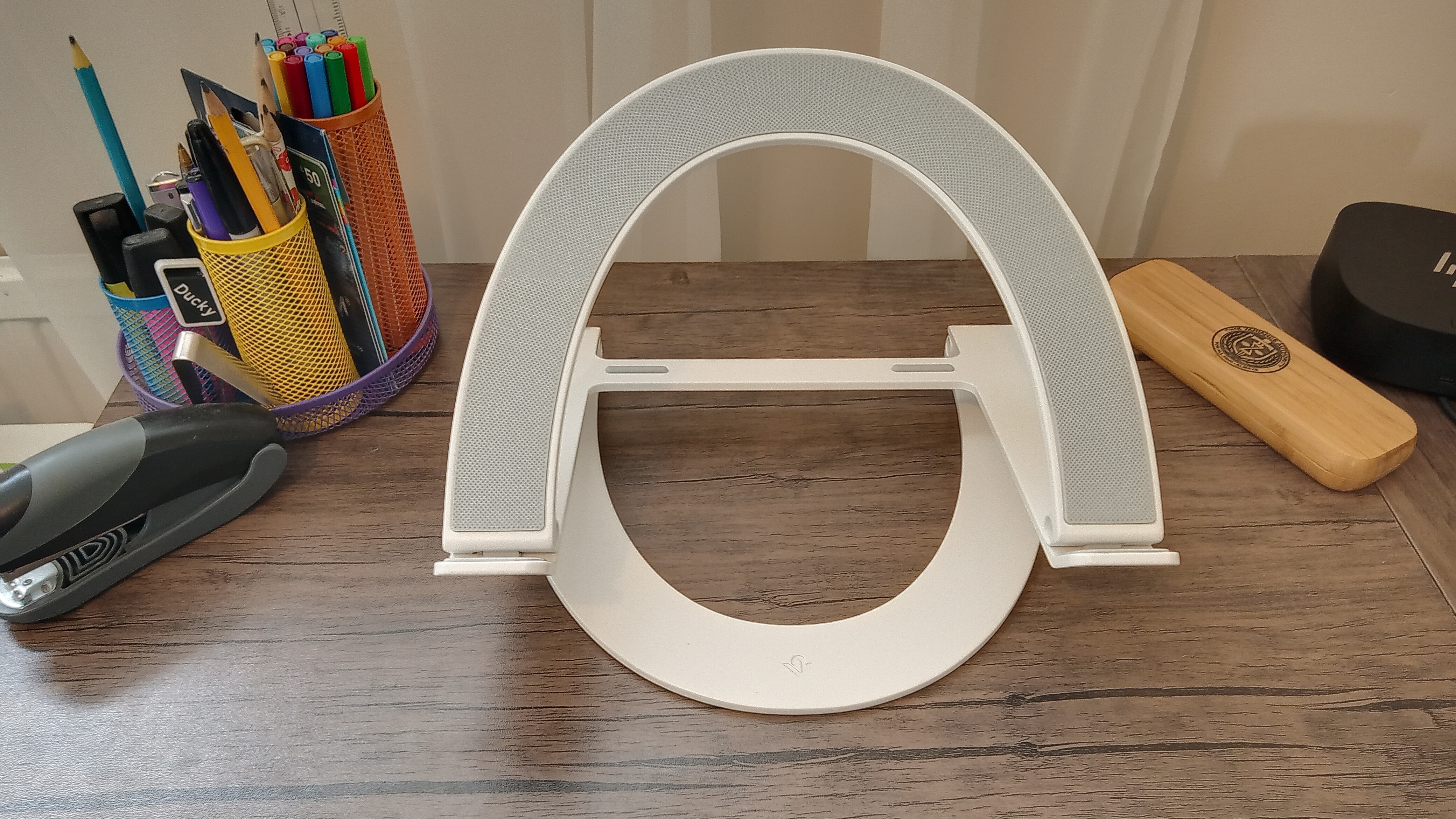
If your environment is unavoidably warm, you're using a lot of heavy-duty software, or both, then even using your laptop on a hard surface may not be enough. In which case, you may want to go further by using either a cooling pad or a laptop stand.
A cooling pad actively cools your laptop by blowing air onto the bottom, where the heat vents are located. This can significantly reduce temperatures, especially for demanding tasks like gaming or video editing. On the downside, the fans can get noisy, and they add bulk to your setup if you work on the move a lot.
A laptop stand, meanwhile, elevates your laptop, improving airflow underneath and allowing heat to dissipate more easily. This is a quieter and more portable solution than a cooling pad, but it doesn't actively cool your laptop like a cooling pad does, so the temperature-lowering effect is less dramatic.
If you want a balance of both options, you could consider a cooling pad with adjustable fan speeds, or a laptop stand with built-in fans.
5. Use temperature monitoring software
Sometimes it's not super-obvious that your laptop is overheating. So to prevent problems developing, it's a good idea to use temperature monitoring software to track your device's thermal performance.
Applications such as HWMonitor for Windows and TG Pro for Mac will give you real-time insights into CPU and GPU temperatures, allowing you to take preemptive action before overheating becomes a critical issue.
Follow all these steps, and you should be able to keep your laptop cool and avoid overheating. If none of this makes any difference, though, it's time for professional intervention. Your laptop could well be suffering a fan malfunction or other internal component issues, so take it to a computer repair store for diagnosis and repair.

Thank you for reading 5 articles this month* Join now for unlimited access
Enjoy your first month for just £1 / $1 / €1
*Read 5 free articles per month without a subscription

Join now for unlimited access
Try first month for just £1 / $1 / €1
Get the Creative Bloq Newsletter
Daily design news, reviews, how-tos and more, as picked by the editors.

Tom May is an award-winning journalist and editor specialising in design, photography and technology. Author of the Amazon #1 bestseller Great TED Talks: Creativity, published by Pavilion Books, Tom was previously editor of Professional Photography magazine, associate editor at Creative Bloq, and deputy editor at net magazine. Today, he is a regular contributor to Creative Bloq and its sister sites Digital Camera World, T3.com and Tech Radar. He also writes for Creative Boom and works on content marketing projects.
